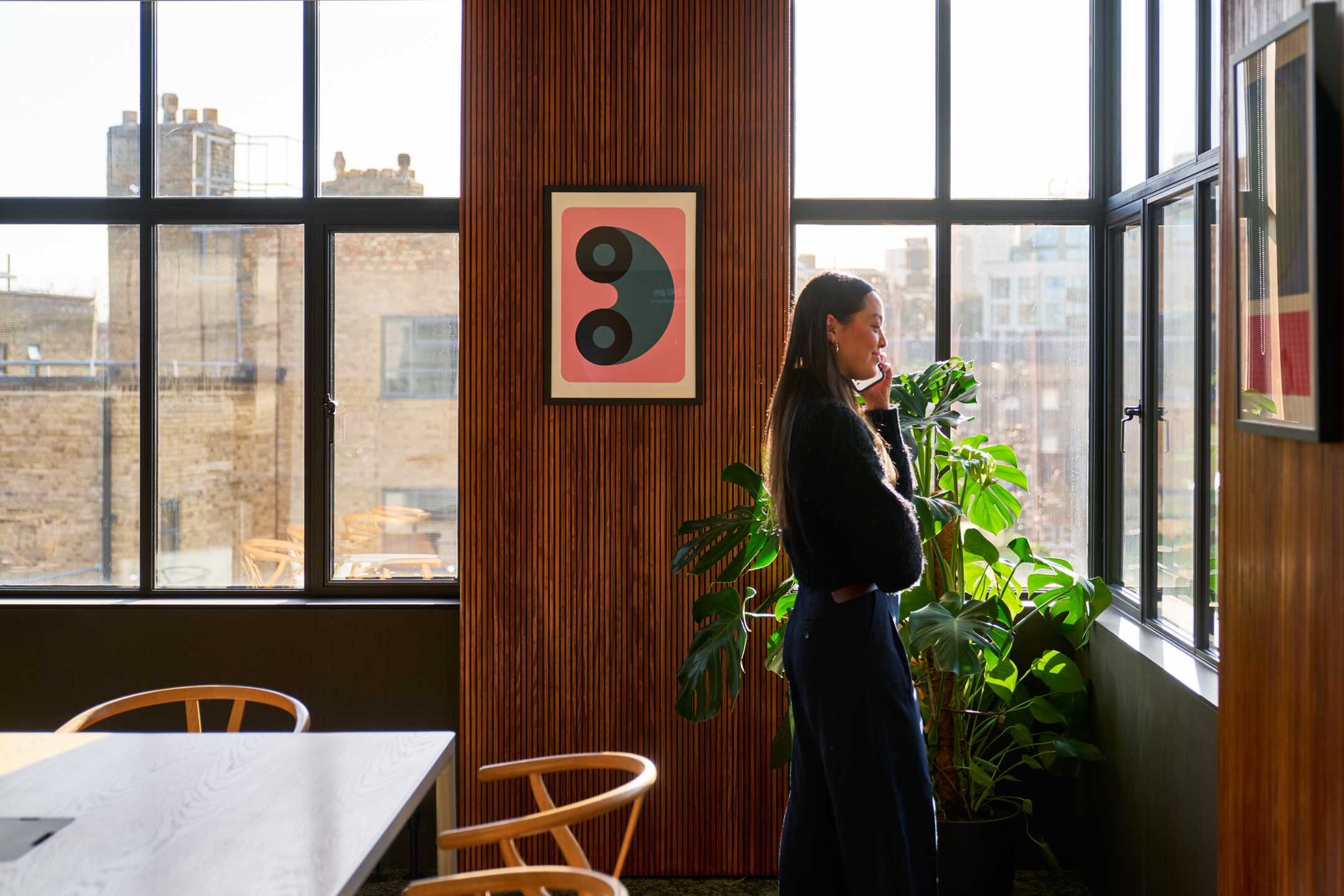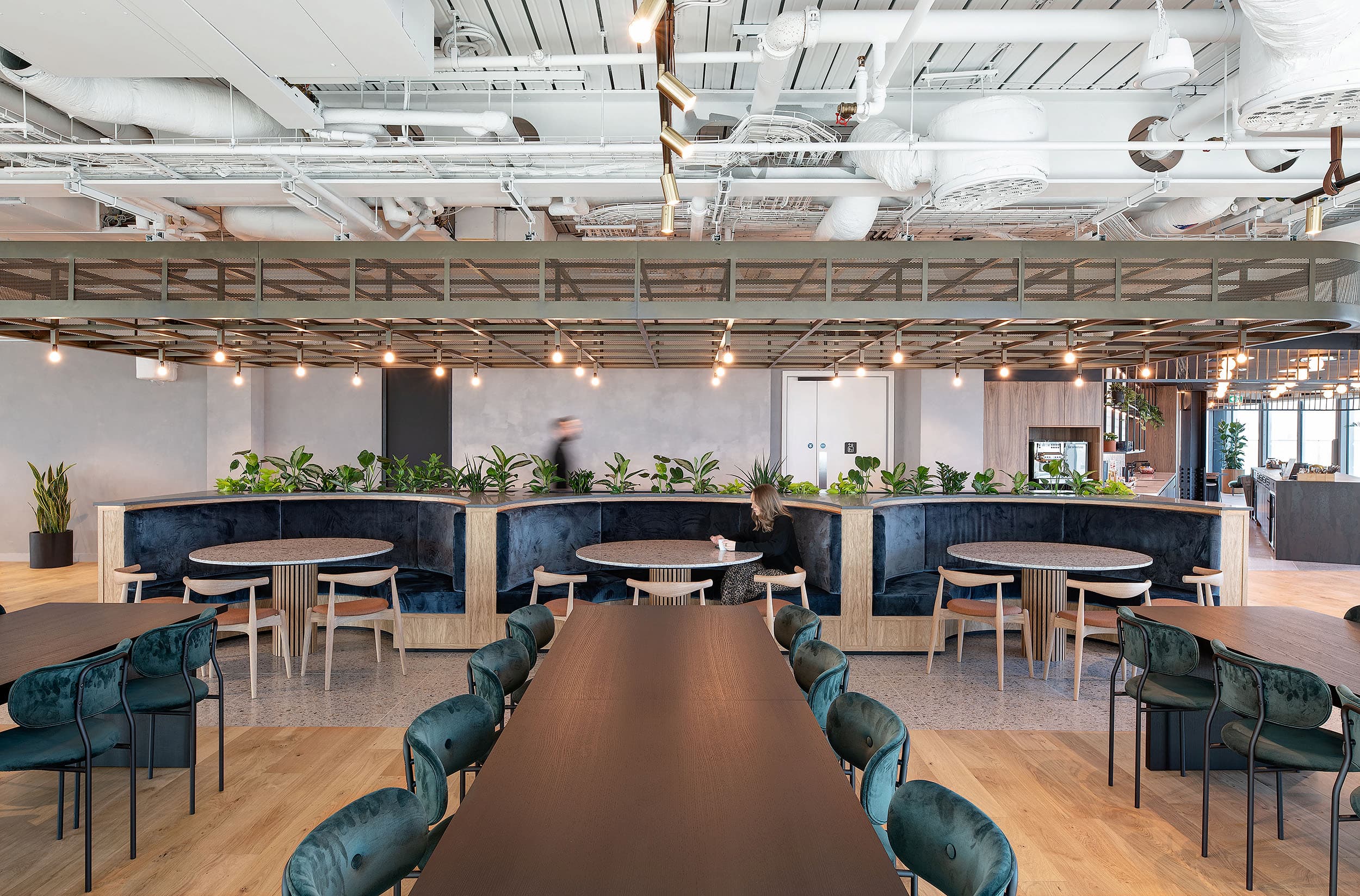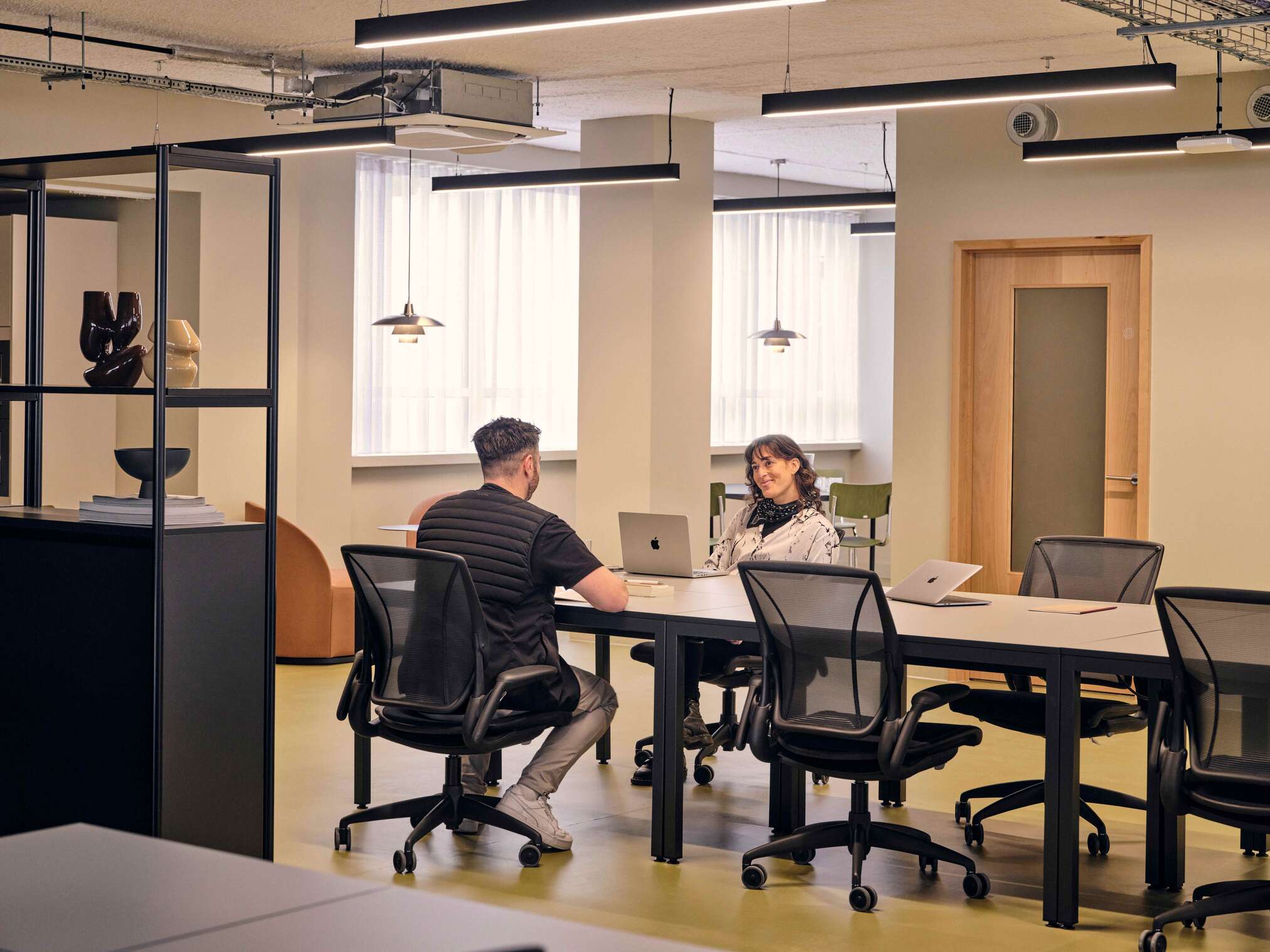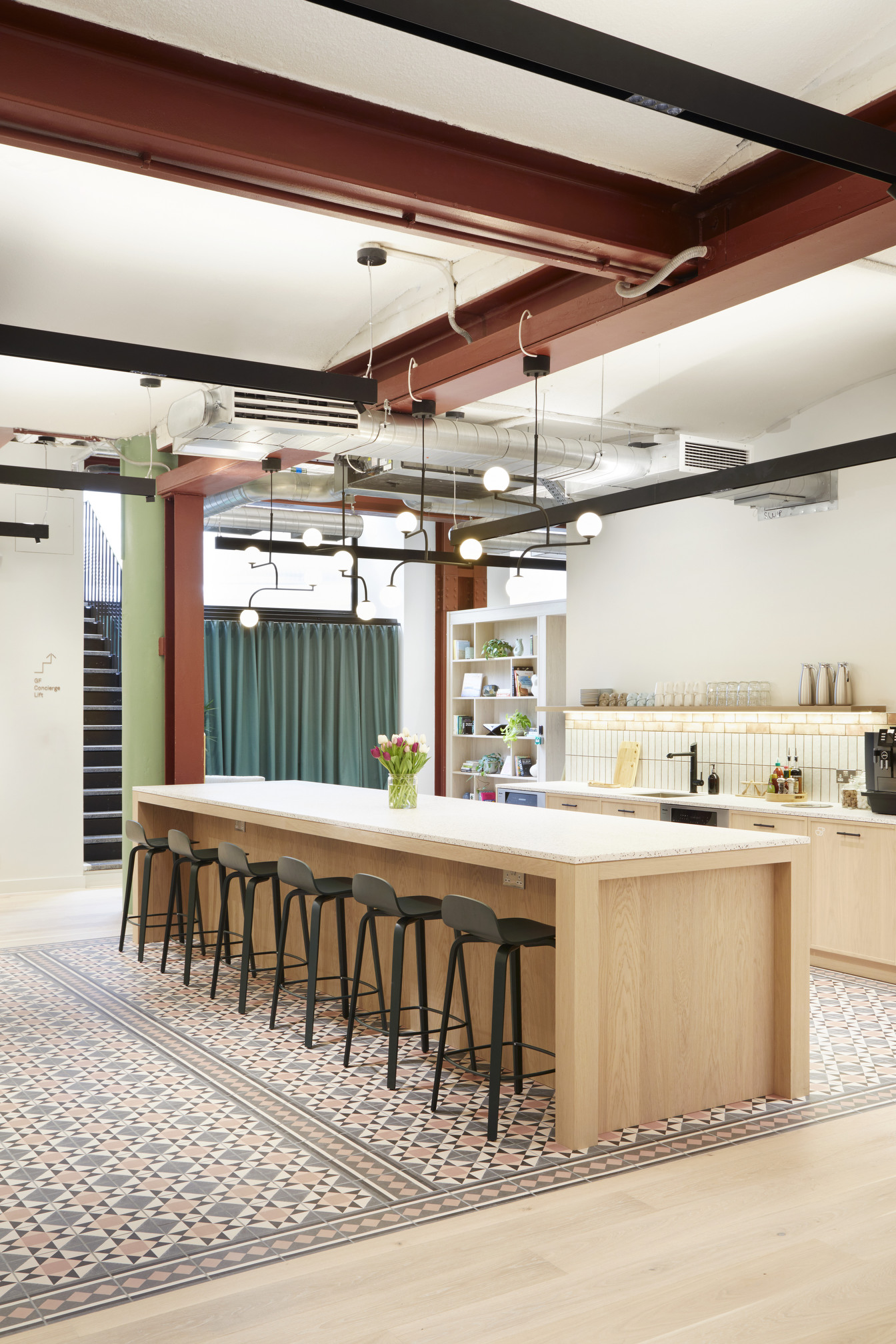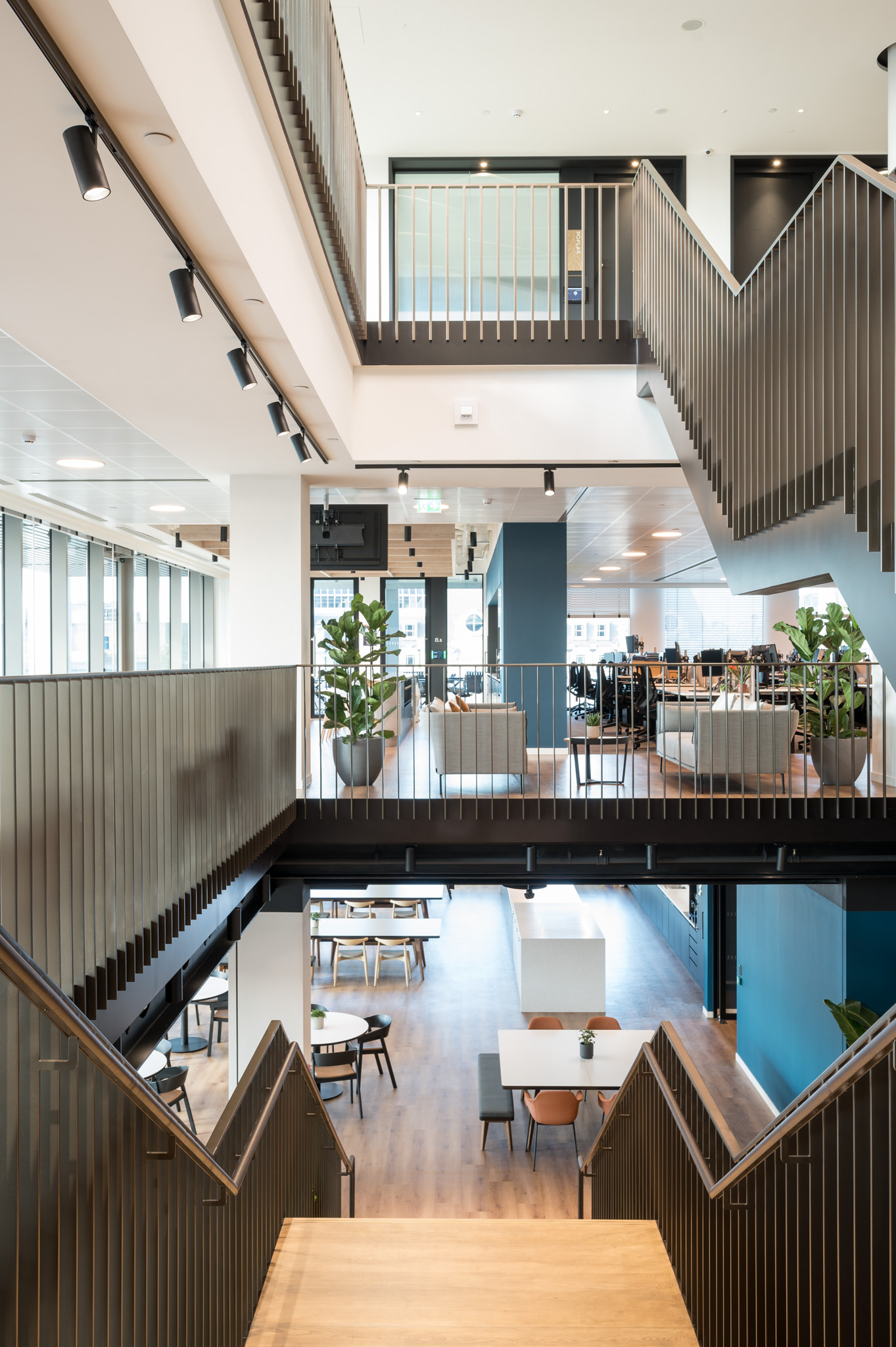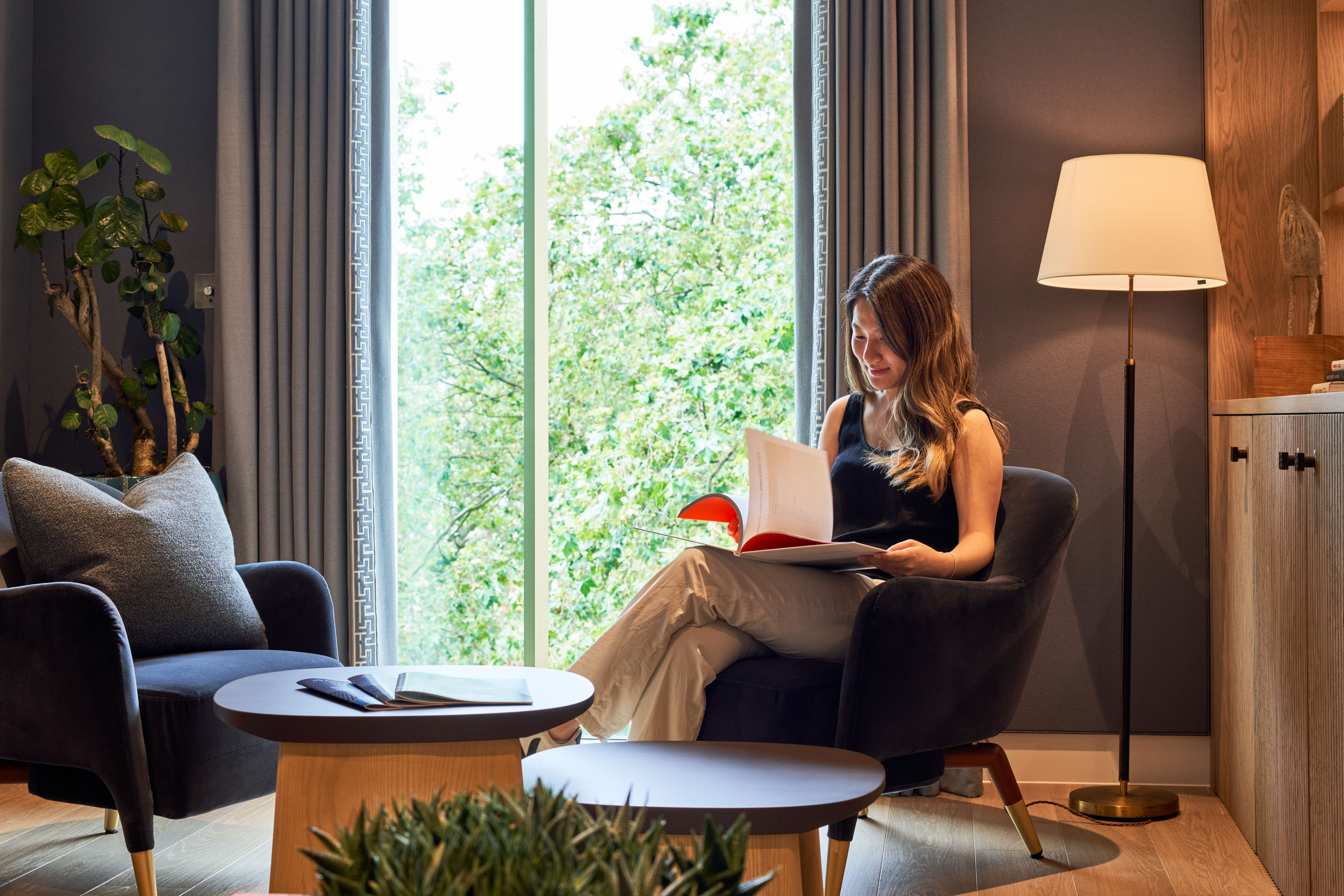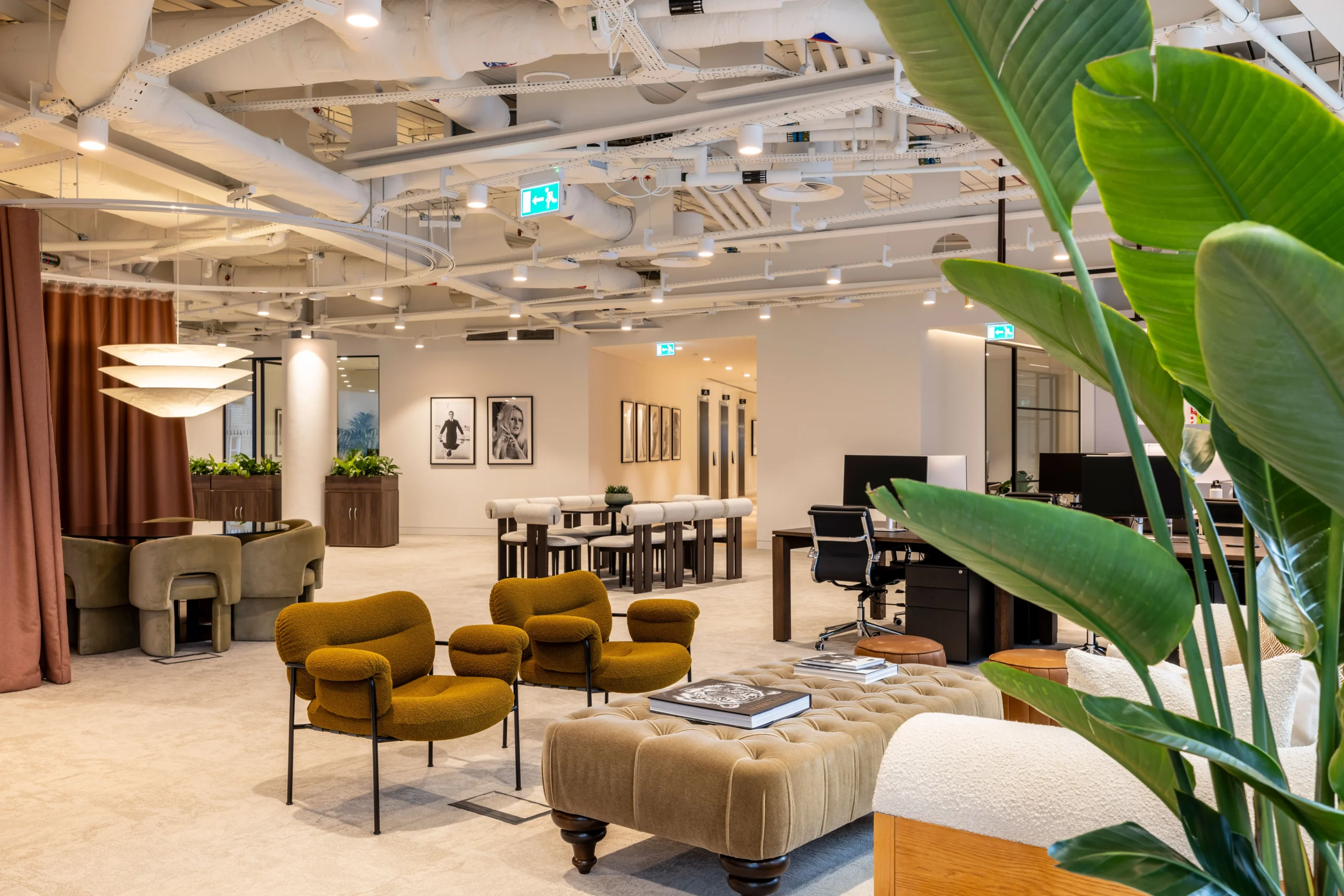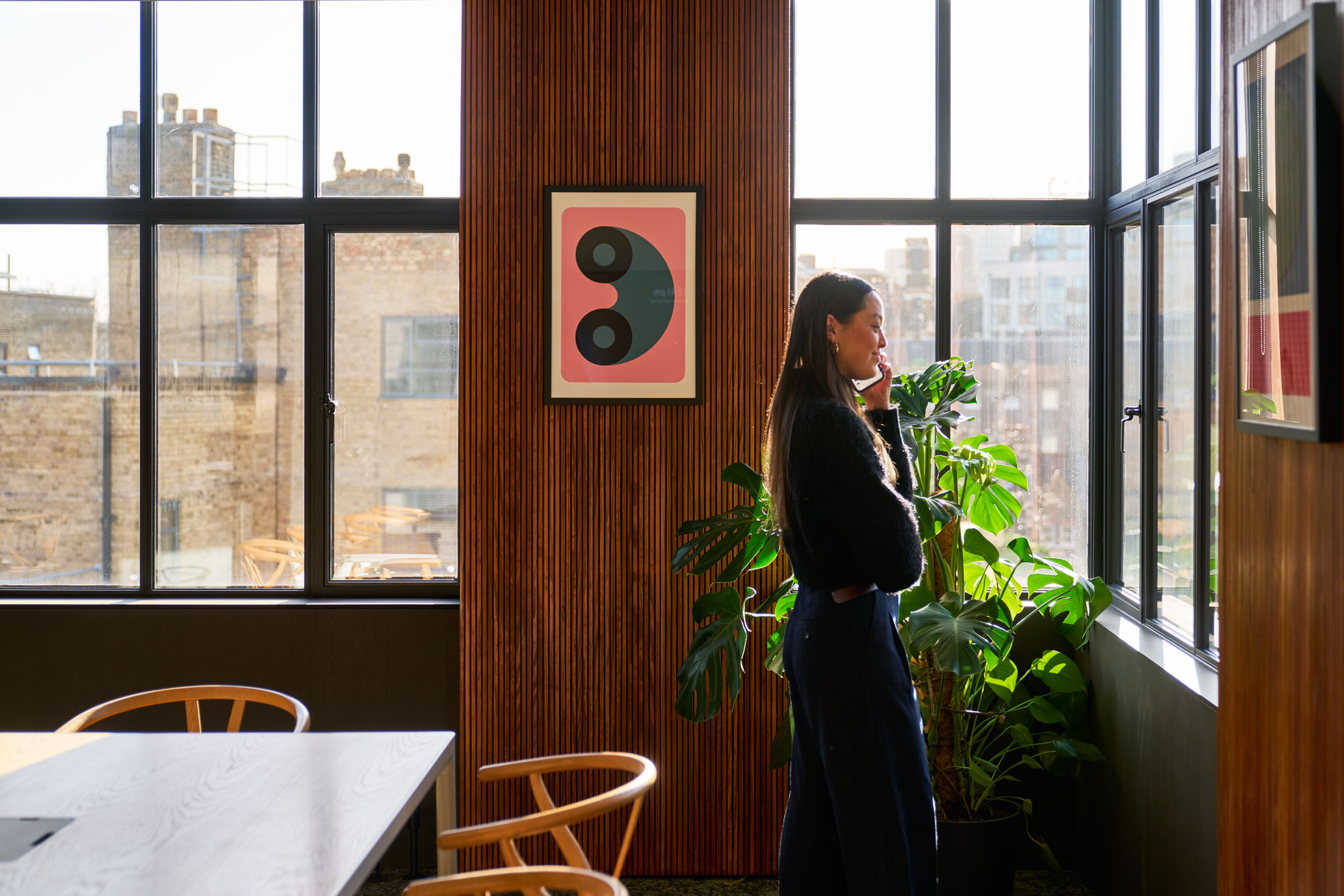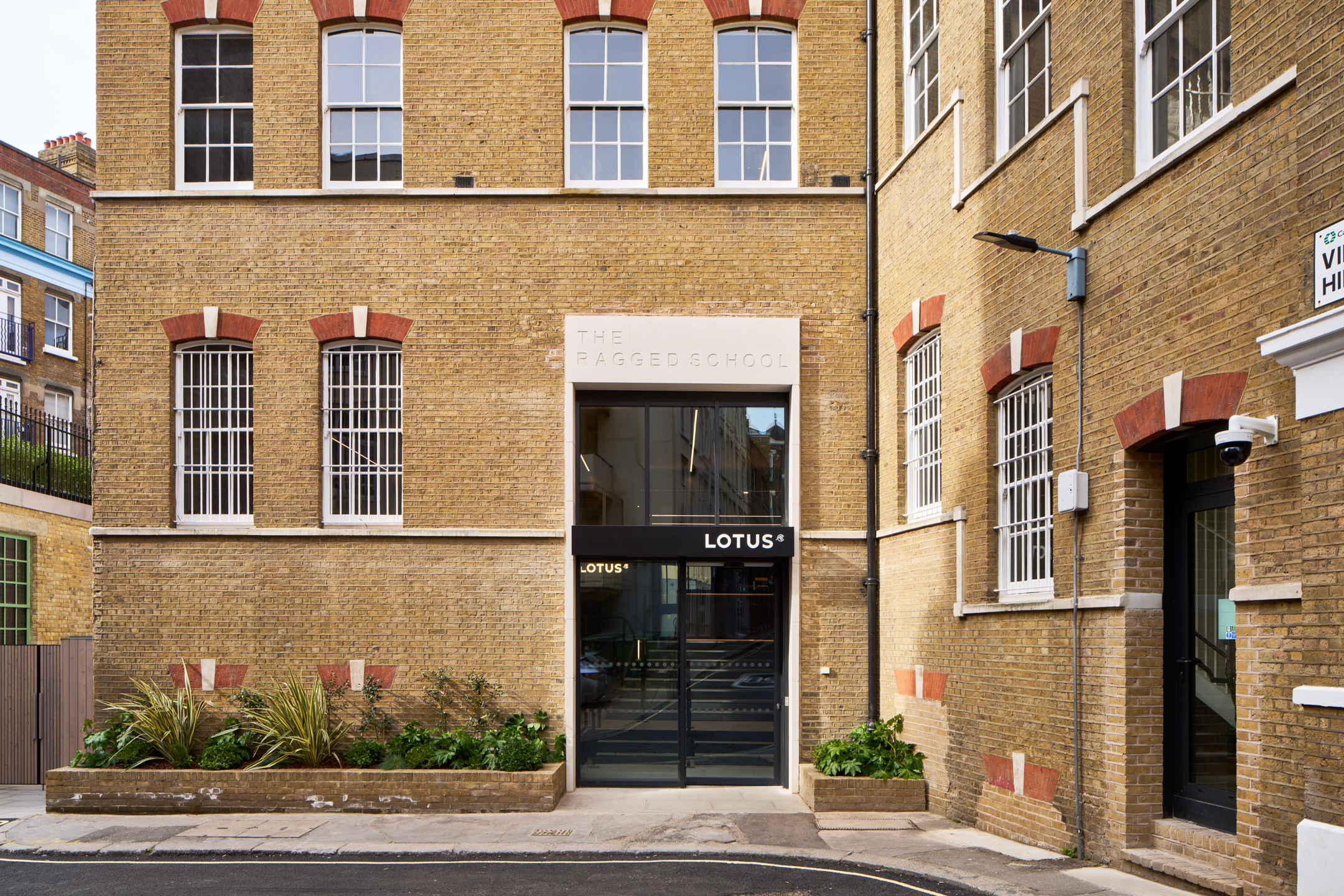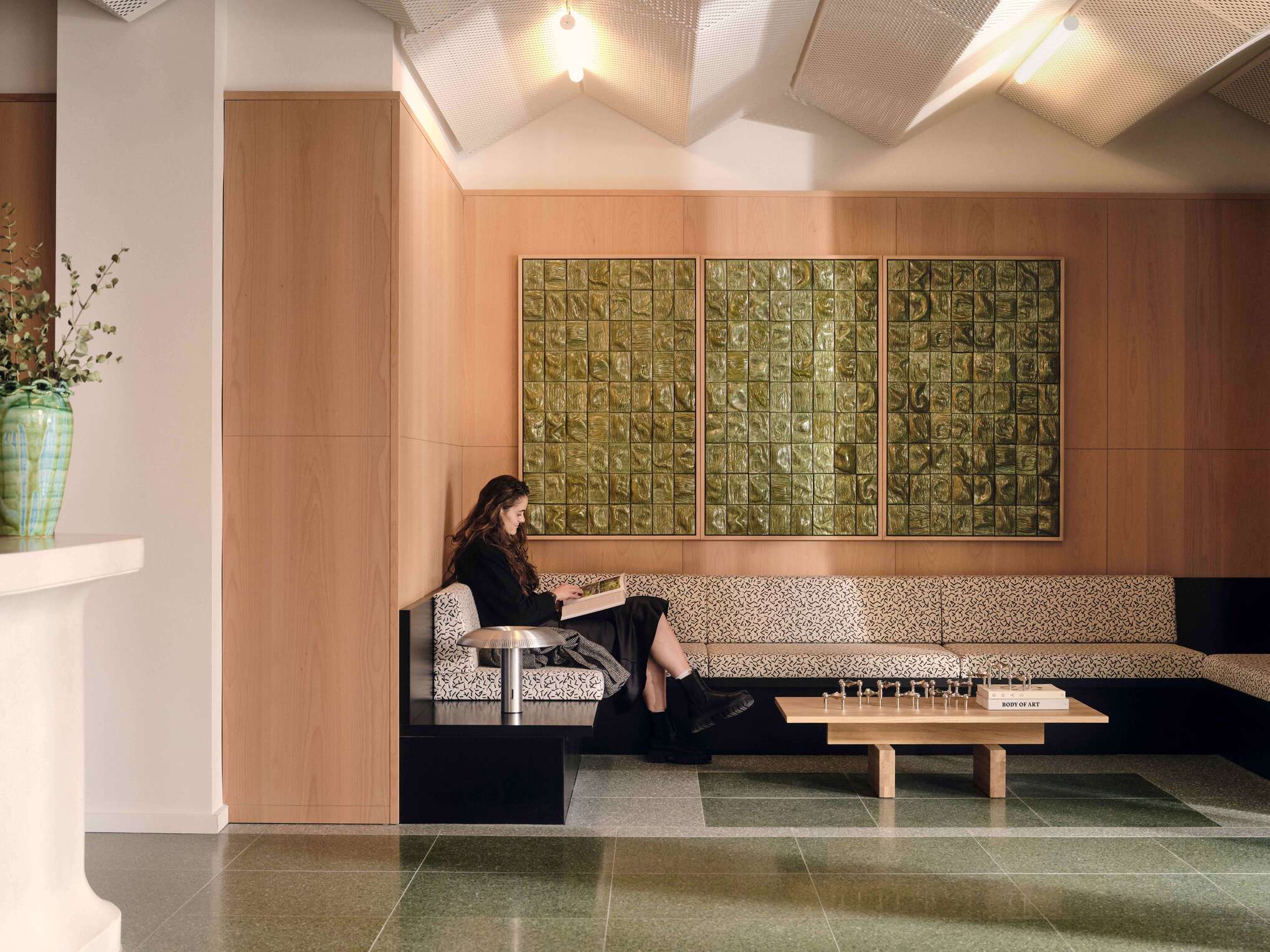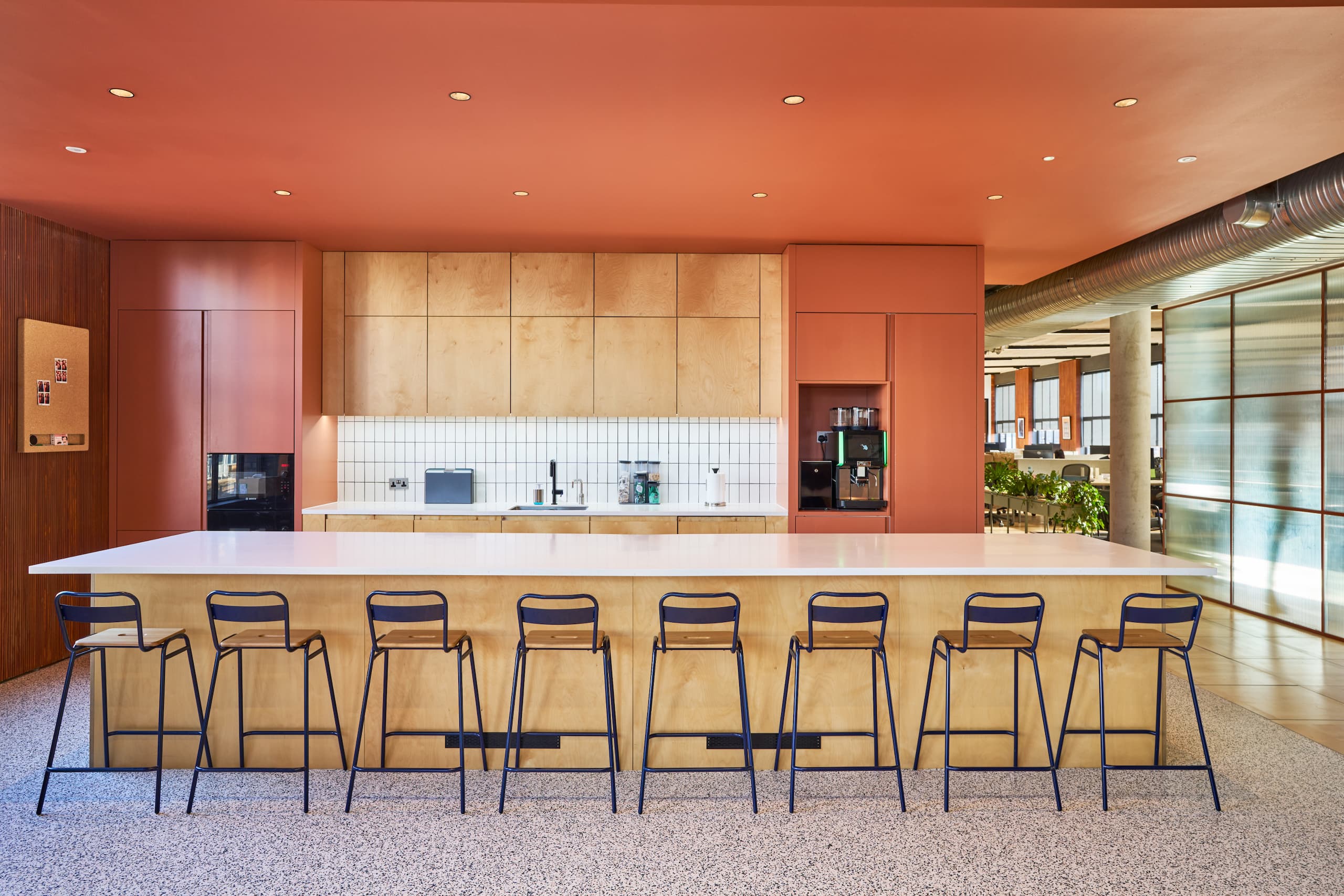Plants and Positivity: A winning formula for the future workplace?
As companies seek to improve wellbeing and performance across a range of places in the hybrid era, scientific research suggests that a combination of positive design and biophilic design can address the widest range of human needs.
Positive design and biophilic design both help people feel better and work better, so they are a natural pairing as we develop workplaces and establish new ways of working in the post-Covid-19 world. Each has been shown independently to have beneficial effects on how we think and behave in workplaces and elsewhere – when combined, positive design and biophilic design dramatically improve design outcomes that meet the full range of human needs in relation to place.
Both positive design and biophilic design make it more likely that human capital is used to its full potential. This is particularly useful as organizations more comprehensively consider all the places where their employees might work: onsite, at home, at co-working sites, or somewhere else entirely.
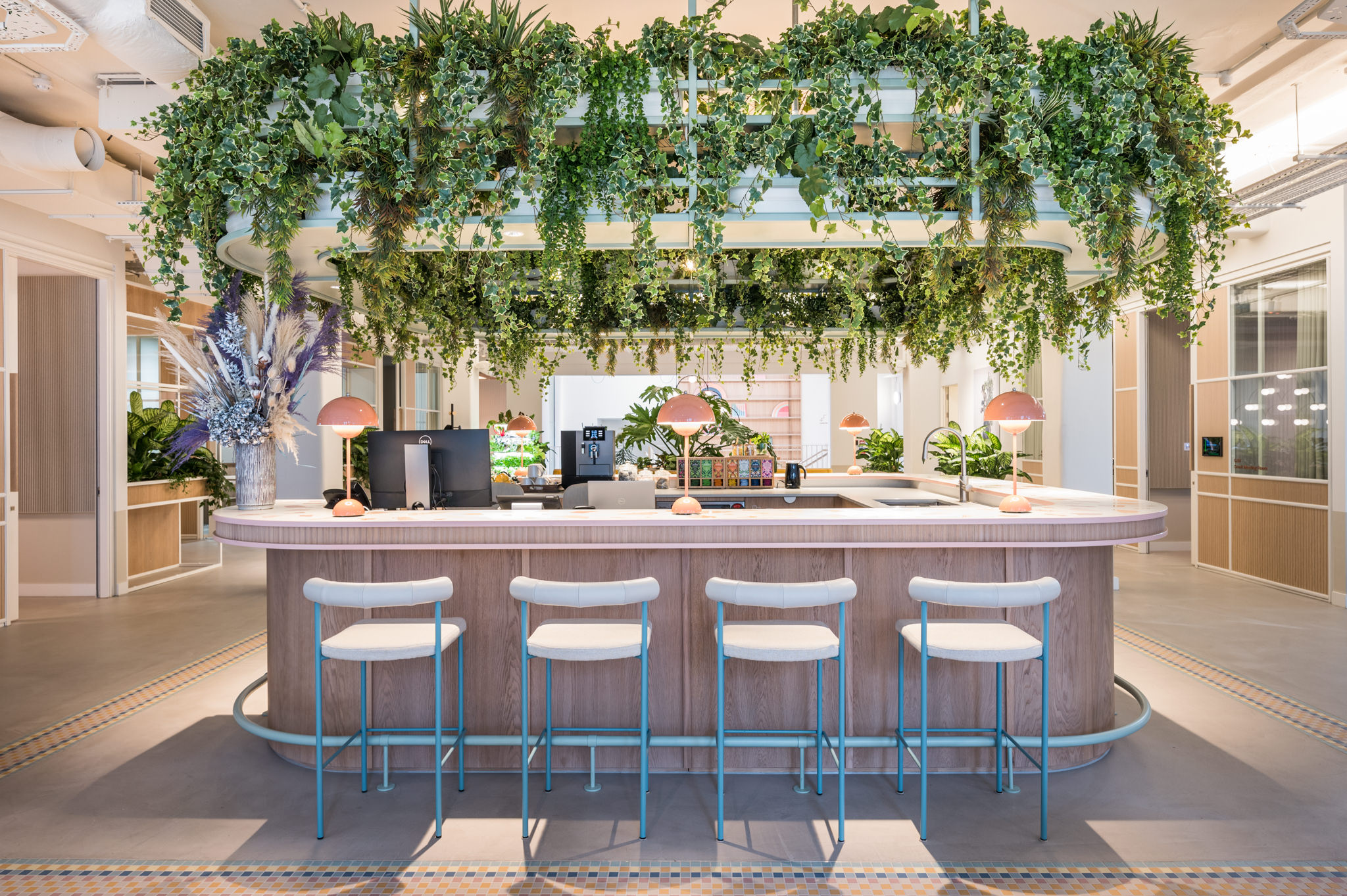
Positive design
Positive psychologists focus on fuelling wellbeing by ‘accentuating the positive’ rather than ‘eliminating the negative’. Positive designers have a similar ‘glass half full’ approach as opposed to a ‘glass half empty’ one.
Positive design builds on insights from positive psychology to create and improve products and/or services that increase human flourishing. . . in contrast to more traditional approaches in psychology that center around human weaknesses and their treatment, positive psychologists investigate optimal human functioning and the promotion of subjective wellbeing. . . design can also proactively target the promotion of subjective wellbeing by evoking valuable experiences.’
Workplace design that supports the drives recognized by Self-Determination Theory (i.e., doing tasks well, having some control of at-work experiences, and spending time with others as desired) has been linked to users performing to their full potential and living pleasant lives while doing so. The needs reported by the Hassenzahl team include:
- Autonomy – Feeling that you are the cause of your own actions rather than feeling that external forces or pressure are the cause of your action.
- Competence – Feeling that you are very capable and effective in your actions rather than feeling incompetent or ineffective.
- Relatedness – Feeling that you have regular intimate contact with people who care about you rather than feeling lonely and uncared for.
- Popularity – Feeling that you are liked, respected, and have influence over others rather than feeling like a person whose advice or opinion nobody is interested in.
- Stimulation – Feeling that you get plenty of enjoyment and pleasure rather than feeling bored and under stimulated by life.
- Security – Feeling safe and in control of your life rather than feeling uncertain and threatened by your circumstances.
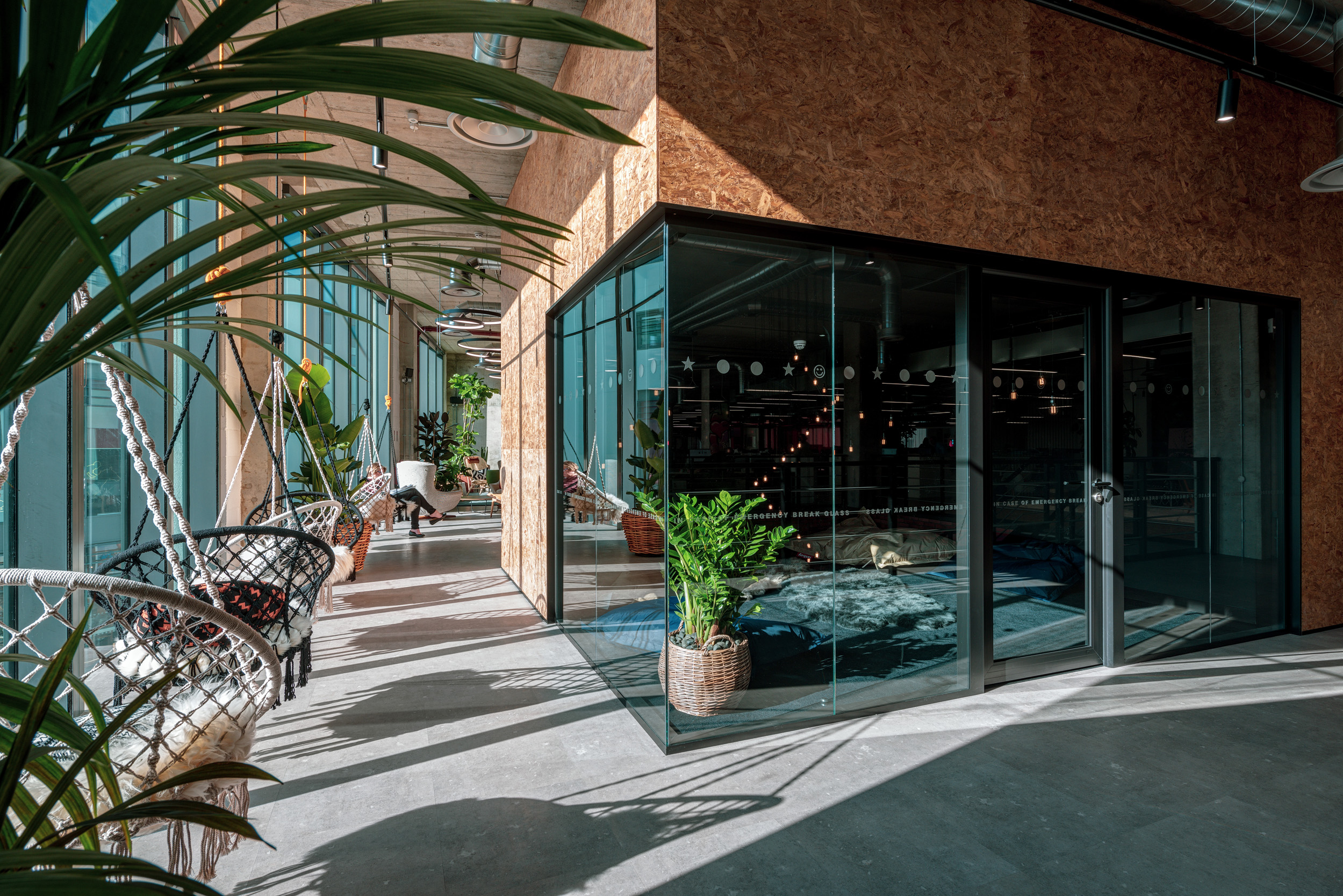
Biophilic design
Biophilic design boosts user wellbeing and performance via fundamental aspects of our experiences in the physical environments that surround us and the alignment of those experiences with conditions that improved our lives when we were a young species (e.g., we were safe, could find food, and so on).
In biophilic environments there are, for example: natural materials visible (wood, stone, wool); natural light; at least some curving lines in two- or three-dimensional forms or patterns; conditions that change by time of day or season; features that make users feel safe, such as views from more protected locations; and links between design choices made and a space’s location. Plantscapes are also carefully curated in biophilic environments with one or two green leafy plants in view at any one moment.
Additional attributes of successful biophilic environments include gently moving water, repeated design elements, and gently curving circulation routes.
At the individual level, Browning and colleagues (2012) tie biophilic design to enhanced professional performance, mental health and wellbeing, and to better financial performance by organisations. Joye (2007) reports that biophilic design enhances emotional and cognitive wellbeing. Burnard and Kutnar (2020) suggest that it is possible to use wood furniture as a passive environmental intervention to help office workers cope with stress.
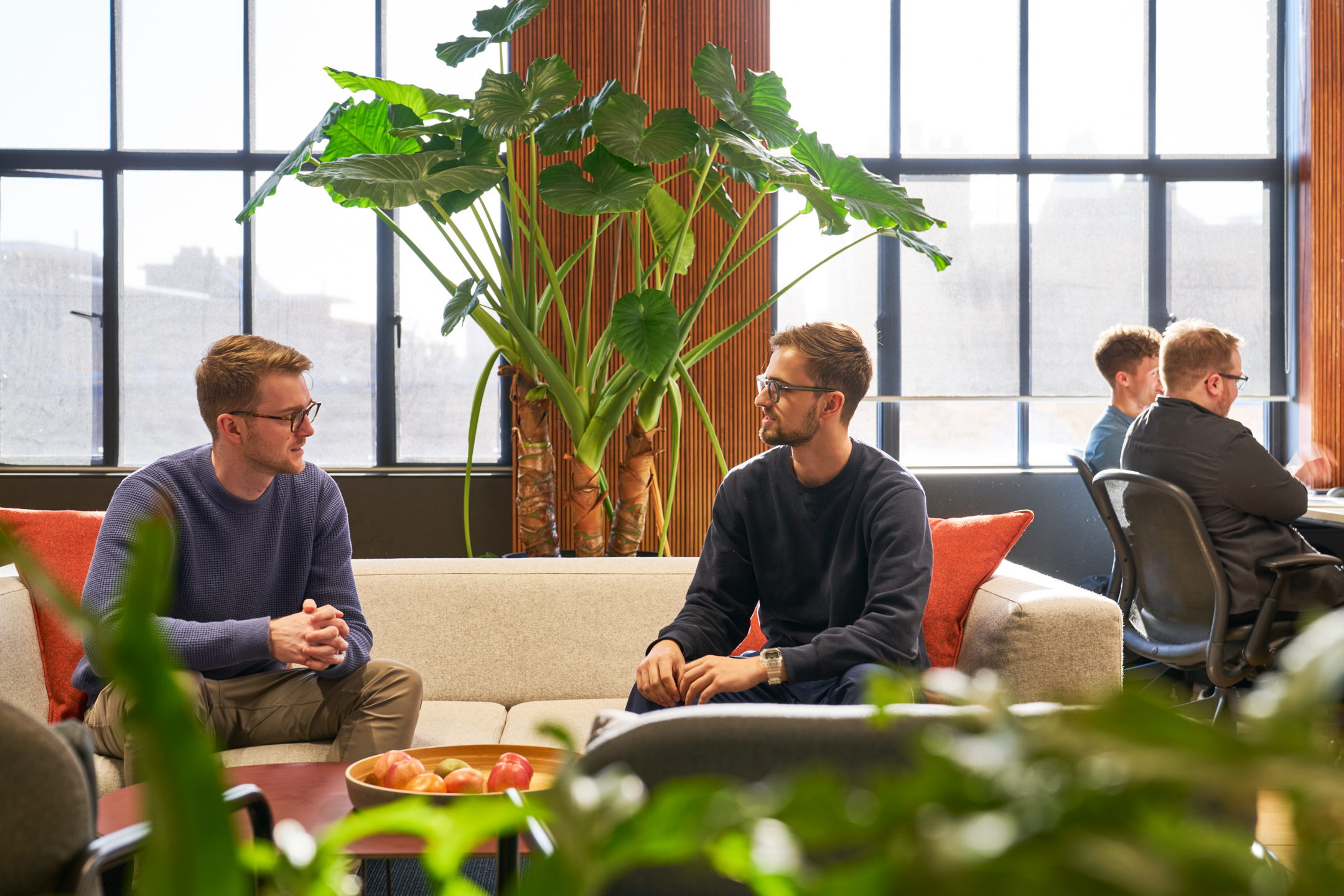
A compelling combination
Combining positive design with biophilic design can result in workplaces that psychologically support user wellbeing and performance to full potential via all levels of Maslow’s hierarchy. Biophilic design’s primary effects can be linked to factors such as physical comfort, safety and security while the benefits of positive design can be tied principally to higher-level concerns such as esteem and self-actualisation.
The space user mindsets generated by the joint application of biophilic and positive design are consistent with organisations earning the highest possible returns on their human capital, at both an individual and group level.
This article is based on a research piece ‘Plants and positivity: a winning formula do the future workplace?’ authored by Sally Augustin for WORKTECH Academy. workplace Futures Group is a Corporate Member of the Academy, which is a global online platform and membership organisation for the future of work and workplace design.
